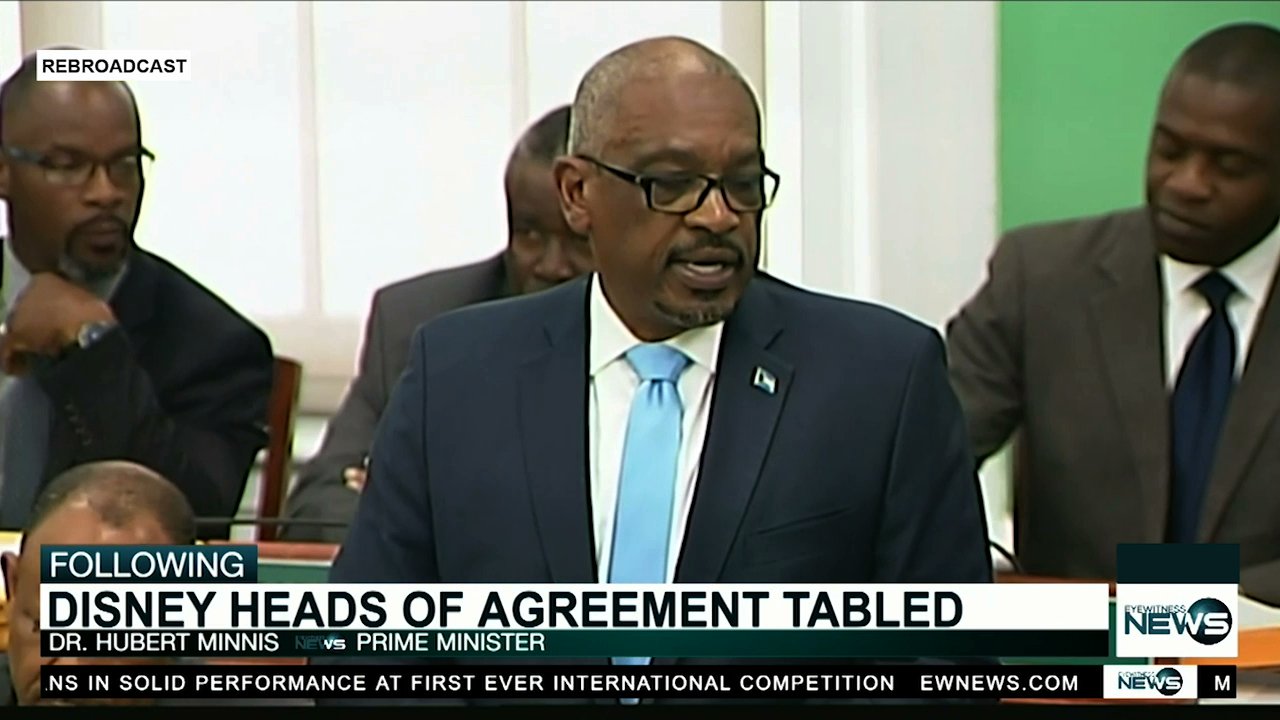NASSAU, BAHAMAS – Several environmentalists yesterday characterized the heads of agreement for Disney’s $250 million project in Eleuthera, which was made public yesterday, as a realization of “our worst environmental, economic and societal fears”.
In a joint statement, reEarth, Bahamas Reef Environment Education Foundation (BREEF), Save The Bays, and Waterkeepers Bahamas said the agreement represents a complete “betrayal of the promises made” by the Minnis administration.
“It is a betrayal of the promises made of the economic future to the people of South Eleuthera and a betrayal of the very mandate of transparency and openness on which this government was elected,” said reEarth’s Co-Founder Sam Duncombe.
She continued, “What we see described in this HOA is a high volume, high impact project encompassing not only massive infrastructure, but substantial and irreversible alteration of the natural surroundings at Lighthouse Point.
“What we see is a repeat (or worse) of Castaway Cay, where Disney quite literally manufactured an artificial beach, dredged an enormous channel and turned what used to be a pristine island of stunning beauty into an amusement park that bears virtually no resemblance to the rest of The Bahamas.
“What we see in this HOA is Disney excluding Bahamians from any real economic opportunities as the company stipulates it will not only construct, but also operate all dining and beverage, merchandise and retail, spa, aquatics and recreational facilities at Lighthouse Point.”
Duncombe said the agreement also revealed for the first time that Disney will lease the seabed for the next 50 years to build its $250 million pier a half-mile lone, which it said will dominate the view from the proposed national park.
According to the agreement, the government will lease the seabed to the developer for a term of 50 years with the right to renew for one term of a further 50 years.
Rent will be charged annually at $1,000 per acre for the first 10 years.
A rent review shall be conducted by the government every 10 years, the document notes.
Duncombe said the agreement was void of a commitment to apply high, internationally recognized environmental standards, independent of corporate interests and cruise port standards.
The agreement states that during the construction and operation of the project, the developer will follow a “high level of environmental and conservation stewardship and sensitivity that the developer, its Disney affiliates and the Disney Conservation Fund have brought to other Disney projects around the world”.
The agreement also calls for the developer to work with government, Bahamians historians, artists and cultural experts to integrate Bahamian voices and artistic expression in the design of the project, “making it a reflection of The Bahamas, rooted in local stories and traditions”.
The environmentalists charged, “What we don’t see is any assurance of public access and a level economic playing field on which Bahamians can effectively compete for tourist dollars.
“What we don’t see is any assurance that bringing 12,000-20,000 people to one of the most treasured and fragile sites in The Bahamas can create more than 150 jobs, at best.
“Where in this HOA was any protections put in place for Bahamian entrepreneurs or the environment?
“Now we see why this document was signed in the dead of night, away from the eyes of the press and the Bahamian people at large.”
The government signed the agreement on March 7.
The media was not invited nor advised of the signing.
In a communication to Parliament before he tabled the agreement, Prime Minister Dr. Hubert Minnis acknowledged the concern surrounding the handling of the signing of the agreement and the breaking of the news of the signing to Eleutherans during a town meeting.
However, he said will not apologize for that and indicated that in future major developments impacting Family Islands will be made directly to those residents first.
“The process has been a model of disclosure, openness and good governance,” Minnis said.
“The strategic process we followed from the signing of the agreement to a town hall meeting in Eleuthera, to laying this on the table of the House in short order is a part of our program of accountable governance.”






